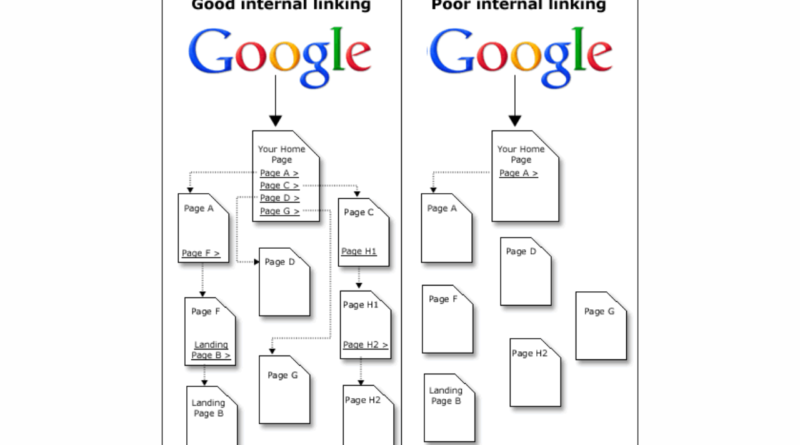Should you use internal linking
Should you use internal linking? Fiverr SEO Skill Test
Option 1 – No, it will be seen as spam
Option 2 – Yes, you’re indicating to search engines that the destination page is a page that should be recognized
Option 3 – Yes, internal linking is an important aspect to lead users to other websites
Option 4 – Yes, putting more than 100 internal links per page is a must
Answer – The right answer is option 2.
Yes, you’re indicating to search engines that the destination page is a page that should be recognized
Explanation
Yes, using internal linking on your website is highly recommended. Internal linking refers to linking one website page to another within the same domain. It is an essential aspect of on-page SEO (Search Engine Optimization) and has several benefits:
Improved website navigation
Internal links help users navigate your website by providing clear pathways to related or relevant content. User experience enhances, making it easier for visitors to find the information they seek.
Enhanced SEO
Internal linking plays a crucial role in optimizing your website for search engines. When search engine crawlers find internal links, they follow them to discover and index more pages on your site. It improves your website’s visibility in search engine results pages (SERPs).
Distributed link authority
Internal links allow you to distribute the link authority (also known as link juice) across different pages of your website. By linking from high-authority pages to other pages within your site, you can pass some of that authority and help those pages rank better in search engines.
Increased page views and engagement
Internal links encourage visitors to explore more of your content by guiding them to related or relevant pages. It increases the number of page views per session and the overall engagement on your website.
Decreased bounce rate
When users land on a page of your website and find internal links to related content, they are likelier to click on those links and stay on your site for longer. The bounce rate reduces, which is the percentage of visitors who leave your site after viewing only one page.
When implementing internal links, use descriptive anchor text that accurately represents the linked page’s content. Additionally, ensure that the linking structure is logical and intuitive, making it easy for users and search engines to navigate your site.

